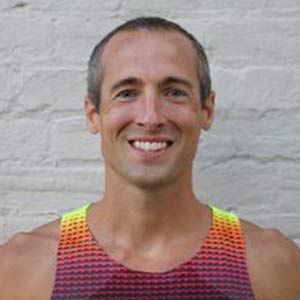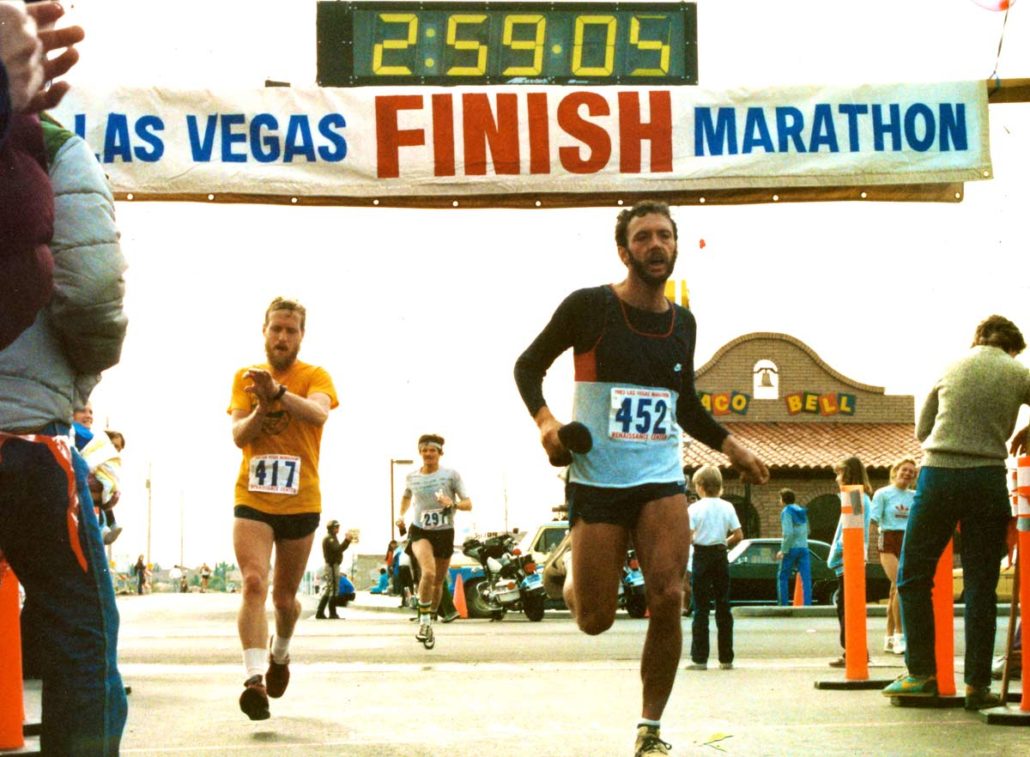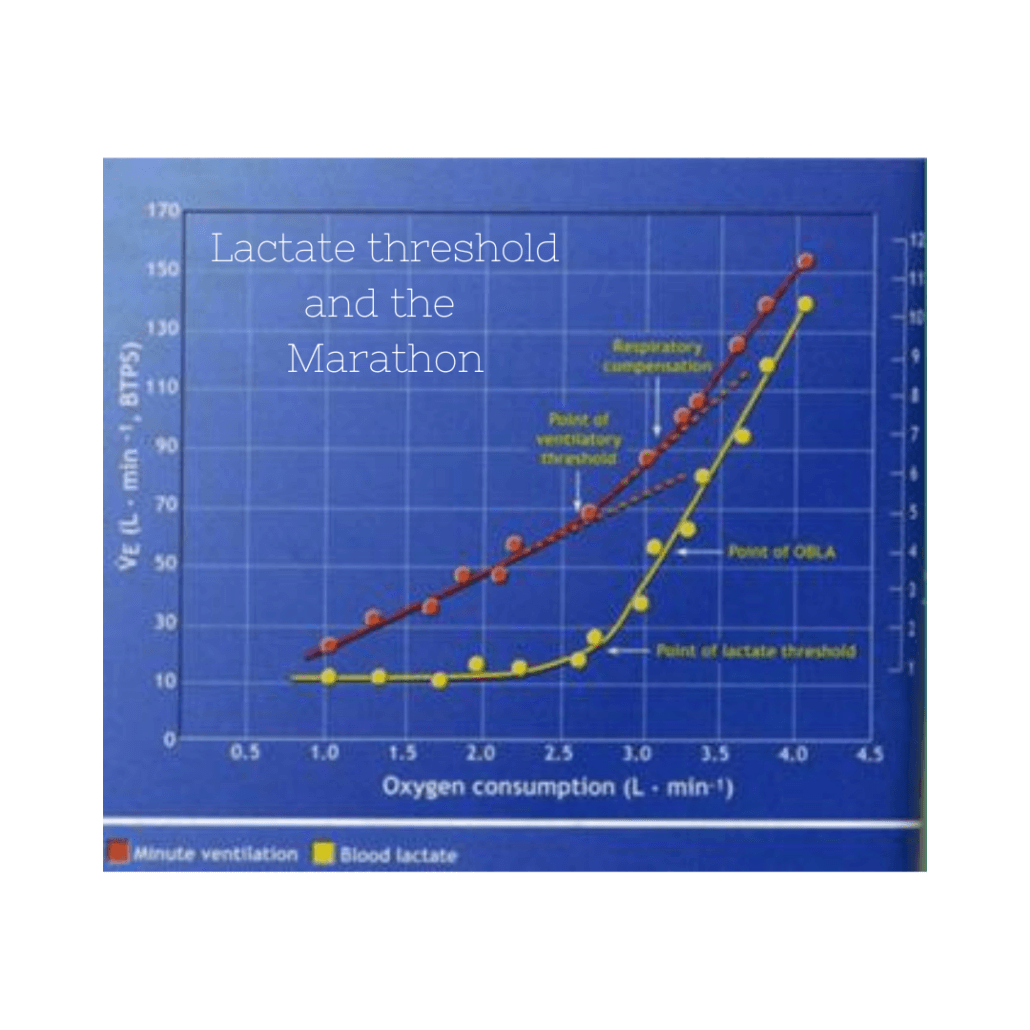Hansons First Marathon: Stepping up to 26.2 the Hansons Way

Kevin and Keith Hanson are coaching fixtures in the running world. Since 1999, they’ve coached countless Olympic Trials qualifiers, 3 Olympians, and numerous members of World Championship teams. That’s quite a resume in itself, but they really started out as running store owners with a training plan to help people train for a marathon. You know these plans as the fixtures of the Hansons Marathon Method.
As the brothers trusted me with putting the plans to actual print, I experienced from all of the readers how much the plans helped them, but I also saw a lot of negative response. Most of the negativity was from people who never even tried the plan, but saw what it consisted of and instantly balked at the idea. Other people were just plain intimidated by the plan. Isn’t it funny- some people thought the plan was a joke because it didn’t have any 20 mile long runs and others thought it was so hard because you ran 6 days per week? Truth be told, the HMM plans are demanding and I think that’s good. We are big believers in not just surviving a marathon, but to train and perform well. In other word, my personal goal is to get a person that wanted to run a 5 hour marathon and get them to realize that with just a small change in training, that they could be a sub four hour marathon! However, given those lofty dreams, I also realize I have to meet people where they are at.
ORDER HANSONS FIRST MARATHON: Stepping up to the 26.2 the Hansons way!
With that said, where are we at in the US and our marathon running?
In 2016, average marathon time for males was 4:22 and for women it was 4:47. Compare that to 1980 and the average time was 3:30 (data on women was not collected and less than 10% of finishers were women.) We can also look at it from the standpoint of the gold standard- qualifying for the Boston Marathon. Let’s go all the way back to 1980, where the standard for qualifying were probably the toughest. For males aged 18-39, you had to run under 2:50:00 to qualify. If you were over 40, you got a break and had to break 3:10:00 to qualify. For women, you had to run under 3:20:00, regardless of age. Fast forward to now and the fastest qualifying time is 3:05 for males under the age of 35. For males aged 40-44, you need to run under 3:15 and women of the same age group need to run under 3:45:00 for the marathon. The Bottom line is, to qualify for Boston, you don’t need to run as fast as you would have had to in 1980.
Now, as much as the data confirms that we are slower now than 30-40 years ago, there’s probably more to really consider. One of the main thing is that just so many people are running now. Over 500,000 people alone in the US complete a marathon every year. 40 years ago, it was a fraction of that. What was once reserved for hardcore runners, has become a sport that is inclusive of many goals and abilities. Naturally, the more people you add to a sample size, the more the numbers are going to disperse.
The other item I have noticed is the training that has gone into the marathon. In September 2016, Outside Magazine published a bunch of data based on data that Strava collected for 4 years and included 1.8 Million marathons. Some interesting data showed that sub 3 hour marathoners posted weekly mileage of about 50 miles per week. Those running 3-4 hour marathons put in about 35 miles per week, and less weekly mileage for those running over 4 hour marathons. Couple that with the idea that between 40-50% of runs were under 5 miles, and you can conclude some interesting ideas. If most of of the runs completed during the week are under 5 miles and the average weekly mileage is 35 miles per week, then there’s not a lot training going on. What that tells me is that the average person is doing a big long run on the weekend and then running a couple shorter runs during the week. While, I don’t want to get into training philosophy, I do think this is a very tough way to train for a marathon. It’s more surviving the marathon.
A lot of this data presented was what compelled me to write a book for the first time marathoner. This is a way to bridge the gap between a person who casually runs a few days per week (or doesn’t run at all), but wants to train for the marathon. People look at our classic plans and are immediately intimidated and I understand this. It’s a big jump to go from putting a few jogs in a week to training hard with tempos and other scary words. For those who are already veteran road racers, I wanted to provide a plan that was challenging but not going to be over your comfort level for your first marathon. In essence, I want this to be a book to teach you how to train for a first marathon, rather than survive. Then, later on, you can make the next step and use the classic plans with more confidence and understanding of the marathon distance.
In Hansons Marathon Method, we try to teach the marathon event, but make some assumptions. With Hanson’s First Marathon, we take it a step back towards teaching even more of the basics. There’s a lot of things I take for granted as a runner for 25+ years and a marathoner for 15 years. So, what I did was relied on my athletes and the thousands of folks who have used Hansons Marathon Method. They provided a lot of input on the things they wished they would have known before they trained and ran their first marathon.
The end result was a book about teaching new runners basics about the marathon distance. To the veteran road racers, we teach you about making the jump in training between how you approach the shorter distances and the training required for the marathon. The biggest offering I have for you in this book is new training plans. They aren’t easy plans, but I don’t think you are reading this thinking that the marathon is easy. I also don’t want to disservice you with a plan that will be easy to execute, but make race day miserable.
New Plans:
The first plan is the “From Scratch”:
plan that is intended for the person brand new to running. This plan is preceded by an 8 week plan that will take you from zero running to tolerating 30 minutes of running over 4-5 days per week. Then, we provide you an 18 week plan that builds you from 15 miles per week to about 45 miles per week. However, we don’t just throw a bunch of hard workouts at you. We allow you to build your mileage safely and introduce you to the workouts that we do with the Hansons Marathon Method plans. We do this with more space between hard efforts in order to allow you to have more time to recover and adjust.
The second new plan we offer is the “Advanced First Timer” plan.
This plan is built around what I have utilized for runners who are experienced all the way up to the half marathon, but just haven’t made the jump to the full marathon. It is also an 18 week plan and is also built on providing more recovery between significant running efforts. However, don’t think this skimps on overall work- you’ll still peak out at mileage in the mid 50’s.
The last new plan I provide is the “Express Plan.”
This is a 12 week marathon work focused plan. Again, this is probably best suited for someone who has raced shorter races. In fact, it’s designed around a person who has just run a “speed” type segment. Maybe they just did their local road race series and have already done a bunch of faster work. This plan can be a direct transition into a marathon training segment. This will keep you from overtraining, but still capitalize on all the fitness you have already gained. It’s also a great fit for the higher mileage runner who doesn’t need 18 weeks to get ready for a race because they already train at a high level consistently.
Preview of Hansons First Marathon
Click for a preview of this book!
ORDER HANSONS FIRST MARATHON: Stepping up to the 26.2 the Hansons way!
 A first marathon is scary and uncharted waters, even for the most elite runners. Keith and Kevin Hanson have developed a program with tried and tested results. Luke Humphrey brings forward years of experience coaching the Hanson’s Training method. This system is simple enough for any first-time marathoner but with all the fundamentals required to tackle 26.2 miles.
A first marathon is scary and uncharted waters, even for the most elite runners. Keith and Kevin Hanson have developed a program with tried and tested results. Luke Humphrey brings forward years of experience coaching the Hanson’s Training method. This system is simple enough for any first-time marathoner but with all the fundamentals required to tackle 26.2 miles.
Dathan Ritzenhein
Three-time Olympian and member of the Hansons-Brooks Distance Project Team
 Reading this book will give you an excellent understanding of how the components of marathon training work, why most marathoners run their easy runs too fast, and why the physiological adaptations resulting from easy runs, tempo runs, speedwork, and long runs are only possible when carried out at the appropriate pace.
Reading this book will give you an excellent understanding of how the components of marathon training work, why most marathoners run their easy runs too fast, and why the physiological adaptations resulting from easy runs, tempo runs, speedwork, and long runs are only possible when carried out at the appropriate pace.
Canadian Running Magazine




